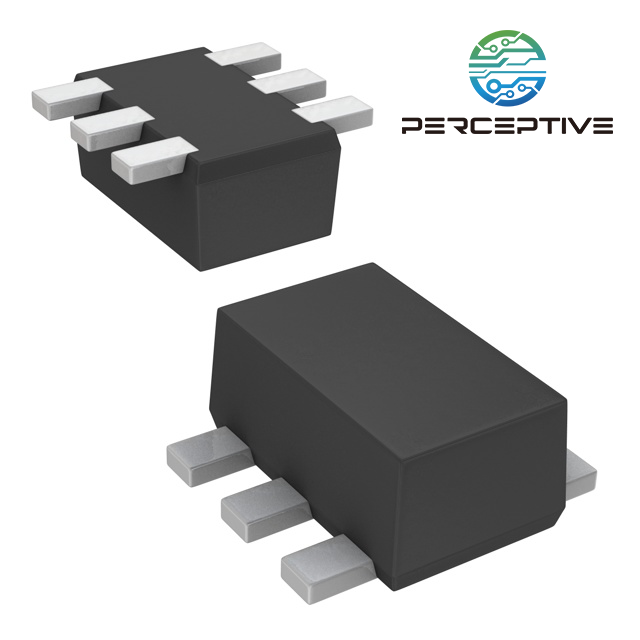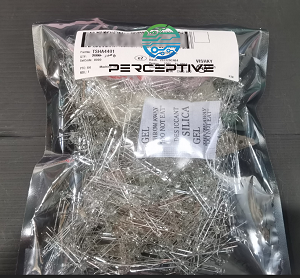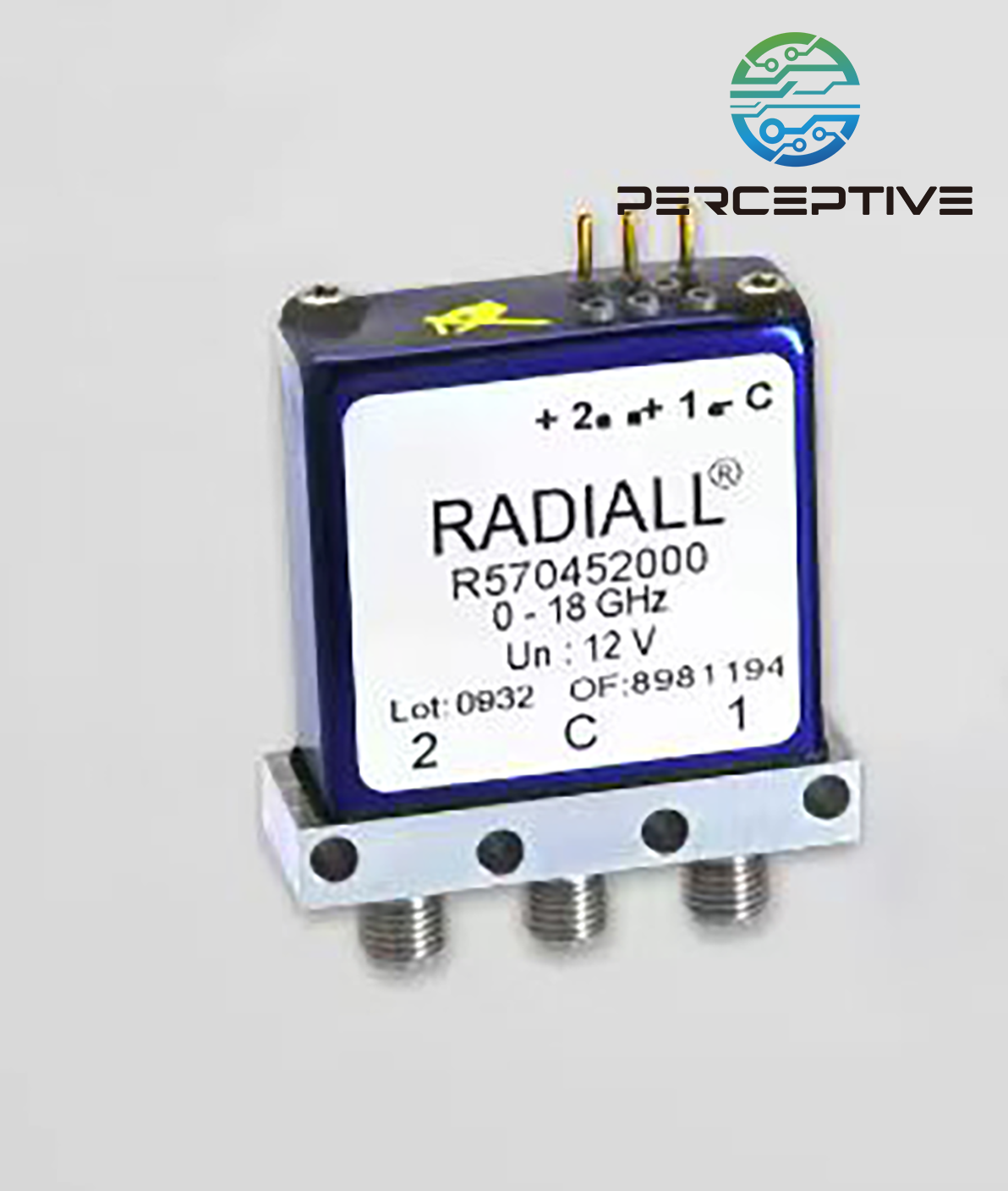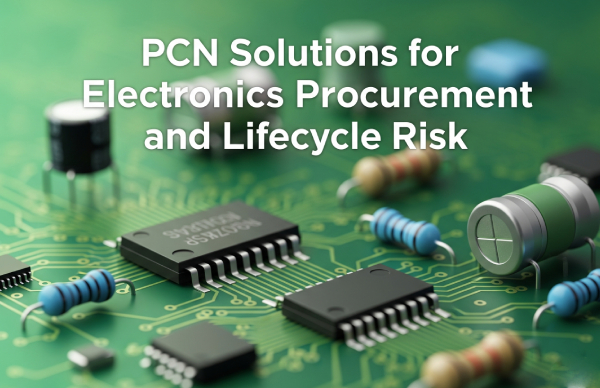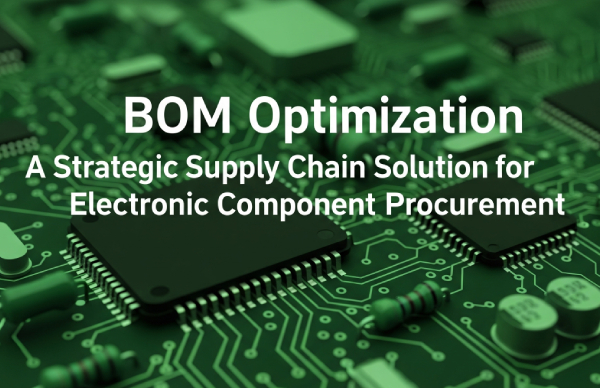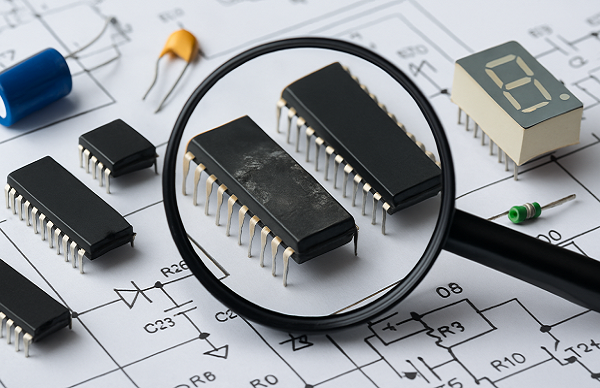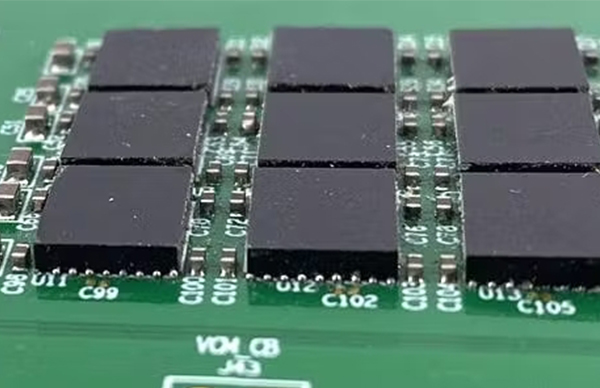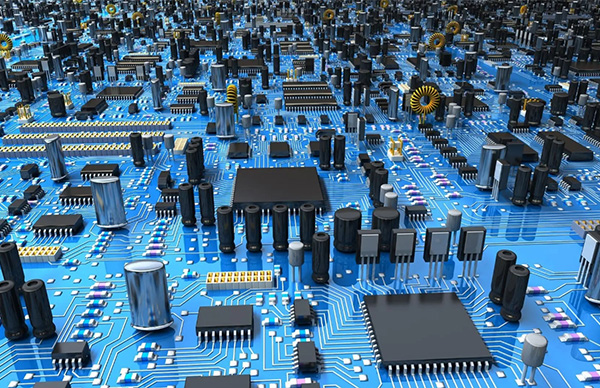The increasing popularity of electric vehicles means that energy distributed in the form of gasoline will be replaced by electricity, increasing the importance and popularity of charging stations.
EV charging stations can be divided into three types. They are AC Level 1 - Residential Charger, AC Level 2 - Public Charger and the third one is DC Fast Charger. Yole Group forecasts (Figure 1) predict that the DC charger market will grow at a CAGR of 15.6% between 2020 and 2026.

Figure 1. DC Charging for Plug-in Electric Vehicles in 2021 (Source: Yole Group)
Generally, there are two types of charging technologies: V2H (Vehicle to Home) and V2G (Vehicle to Grid). As electric vehicles become more popular, V2G aims to provide large amounts of power from vehicle batteries to balance energy needs. In addition, the technology can optimize energy use based on time of day and utility costs, returning power to the grid during peak energy usage hours and charging at lower costs during off-peak hours.
Reducing charging times is critical to the adoption of electric vehicles, leading to a shift toward charging methods that support higher power and higher voltages. By modularizing the internal power supply unit and distributing power according to load, multiple electric vehicles can be charged simultaneously, potentially eliminating charging congestion.
Renesas Electronics Senior Manager Ryutaro Minesawa, Senior Principal Specialist Yasuhiko Ochiai, and Senior Product Marketing Specialist Shinya Ishida accelerate charging time for the power semiconductor industry (IGBT, MOSFET) as well as power management ICs and microcontrollers. What’s the future of electric vehicle charging stations? In recent years, expectations have grown not only for silicon (Si) IGBTs (insulated gate bipolar transistors) but also for silicon carbide (SiC) MOSFETs (metal oxide semiconductor field effect transistors). MOSFET-based designs enable synchronous rectification, higher switching frequencies, cheaper cooling systems, and smaller passive components.

Figure 2. Example circuit of a DC charging station for EVs.
Semiconductor trends in DC charging stations support high power and voltage with lower losses. For microcontrollers and power management ICs, there is a need to integrate safety and protection features, high security, firmware wireless communication updates, peripheral functions and reduce the bill of materials (BoM). Gate driver ICs, similar to microcontrollers and power management ICs, require BoM reduction through high voltage support and switching power semiconductor technology with lower power loss semiconductors.
In DC charging stations, Renesas Electronics' IGBTs achieve low loss (where low VCE(sat) = saturation voltage between collector and emitter) and suppress characteristic changes in the threshold voltage (Vth) when the IGBT is turned on. . This suppresses IGBT timing misalignment when used in parallel with high-current control, thereby improving the imbalance during parallel connection and improving stability and safety.
Renesas Electronics' microcontrollers offer high-speed processing and high reliability at low cost, and high-performance timers can handle high switching frequencies, contributing to system miniaturization and peripheral BoM reduction. When combined with power management ICs, it simplifies the design of microcontroller fault monitoring and diagnostic functions and minimizes BoM. Gate driver ICs have high drive capabilities and can drive high-power power semiconductors. They are also designed to support parallel driving of power semiconductors, enabling high power consumption while reducing BoM.
RELATED CONTENT





